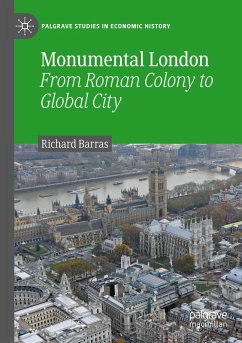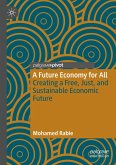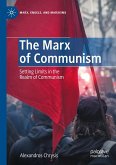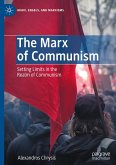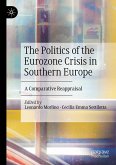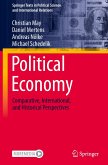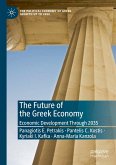This book presents an original interpretation of the building history of London in terms of its evolving political economy. Each of the seven ages of the city from the Roman to the modern, are portrayed through their monumental buildings, concentrating in particular on their symbolic purpose as expressions of the status and authority of those who built them. The concluding synthesis explores how these successive layers of building can be seen to be a product of the evolving class structure, the changing distribution of wealth, and the shifting struggle for political power within the city and the nation. Although the focus is on London, the analysis is applicable to any urbanized economy at any stage of development.
This book offers unique insight into London as a landscape of power and as a city that has assumed a succession of identities over the last two millennia. It will be relevant to students and researchers interested in urban economy, economic history,and thepolitical economy.
This book offers unique insight into London as a landscape of power and as a city that has assumed a succession of identities over the last two millennia. It will be relevant to students and researchers interested in urban economy, economic history,and thepolitical economy.

